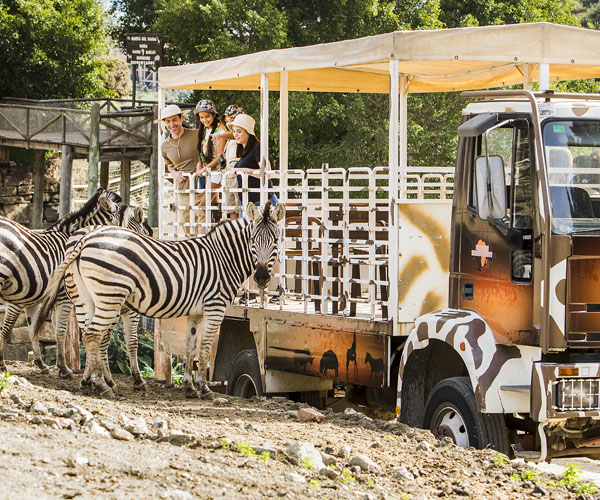The octopus or umbrella tree is a type of evergreen native to Australia, New Guinea, Taiwan and Java, but also can be cultivated in other climates. It is characterised by its bright green leaves, which form clusters at the end of each branch, and it can grow up to 15 metres high! Would you like to know more about this unusual species?
The first formal description of this tree dates back to 1894. Its scientific name is Scheffler Actinophylla. It was named after the German botanist, Jacob C. Scheffler, along with the Latin actinophylla, meaning “with radiating leaves”. It is, however, more commonly known as the octopus tree or umbrella tree.
It takes the name octopus from the way its leaves are arranged. At the end of each branch the leaves form distinctive tentacle-like clusters, hence its curious name!
It is a tree that, because of its fruits, provides food for many different birds and animals. Did you know that the flowers of these trees are laden with honey? This makes it a favourite of all species that use nectar as the basis of their diet. Some of the numerous animals that feed on the fruits of the octopus tree include flying foxes, kangaroo rats and Benett's tree kangaroos.
The leaves of the tree, which give it its colloquial name of octopus or umbrella, can be grouped in clusters of seven. One curious thing about this tree is that it grows epiphytically on other trees in rainforests. Epiphytes are plants and trees that develop from other trees, but they are not parasitic, as they do not feed off them.
However, in some parts of the United States, such as Florida and Hawaii, they are nonetheless considered invasive due to obscuring the vital sunlight from smaller species.
Schefflera actinophylla is usually grown in temperate climates, but the tree can also survive in subtropical climates. It is now often grown as an ornamental tree in large gardens but needs a considerable amount of space to thrive!
This tree is grown from seed and grows best in soils that are drained. The key advantage of this tree is that it only needs occasional watering as well as good fertiliser to allow it to grow to its full impressive potential. However, be careful if you have a large garden and want to plant it, because as it is a noble tree, its roots are very aggressive and tend to dominate the soil around them.
It is important to use good-quality fertiliser and water for the octopus tree to grow in optimal conditions. The poor state of these two essentials, as well as poor-quality soil and large quantities of salt accumulated in the soil, can cause the tree not to grow properly, to fall, and even cause necrosis to appear on its branches and trunk.
Why is the octopus tree grown? Many gardens and public spaces choose this tree because it is perfect for providing shade, while giving a tropical ambience.
It is important, from time to time, to perform a complete check of the tree: its flowers, leaves and branches. This is because it is prone to mites, scales and mealy bugs.
Finally, although it is a tree that provides considerable shade and keeps the surrounding environment cool, it is important to be careful not to come into contact with the sap. This sap can cause dermatitis, especially to sensitive skin. Nor is it advisable to ingest the leaves, as they are toxic and can cause serious health problems.
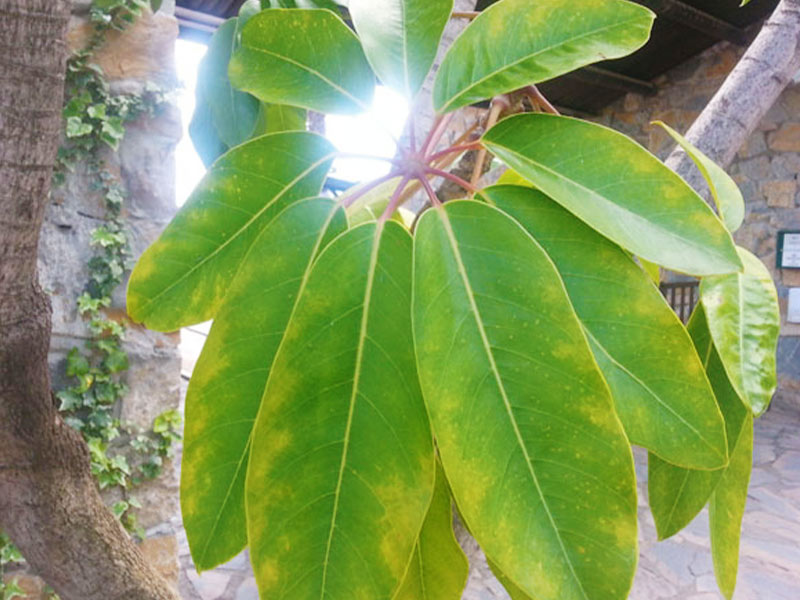
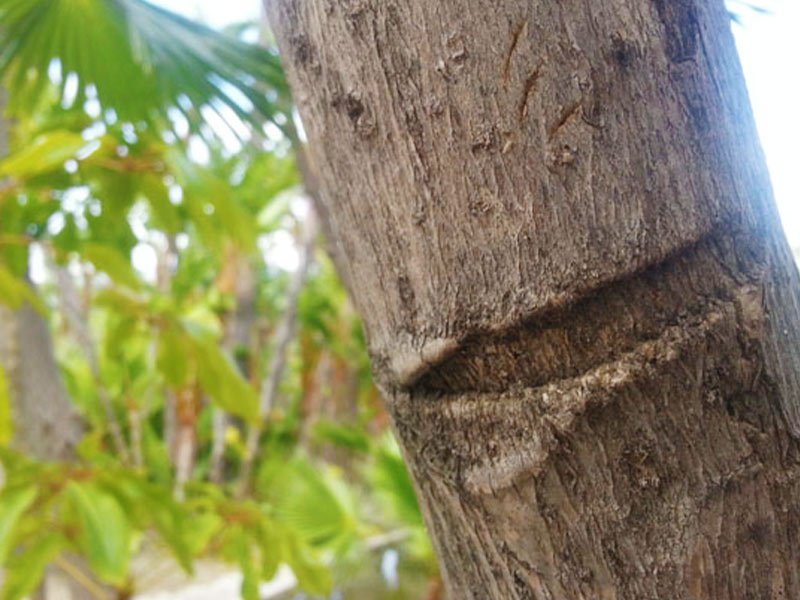
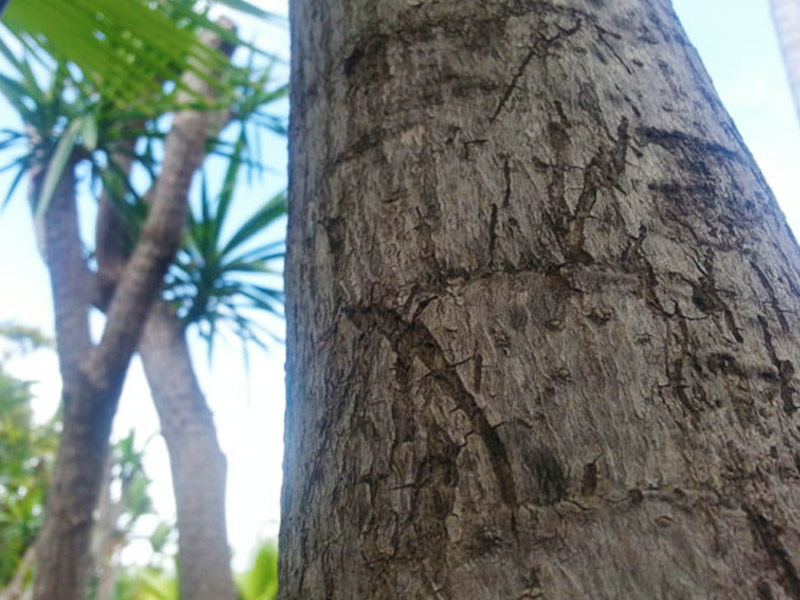



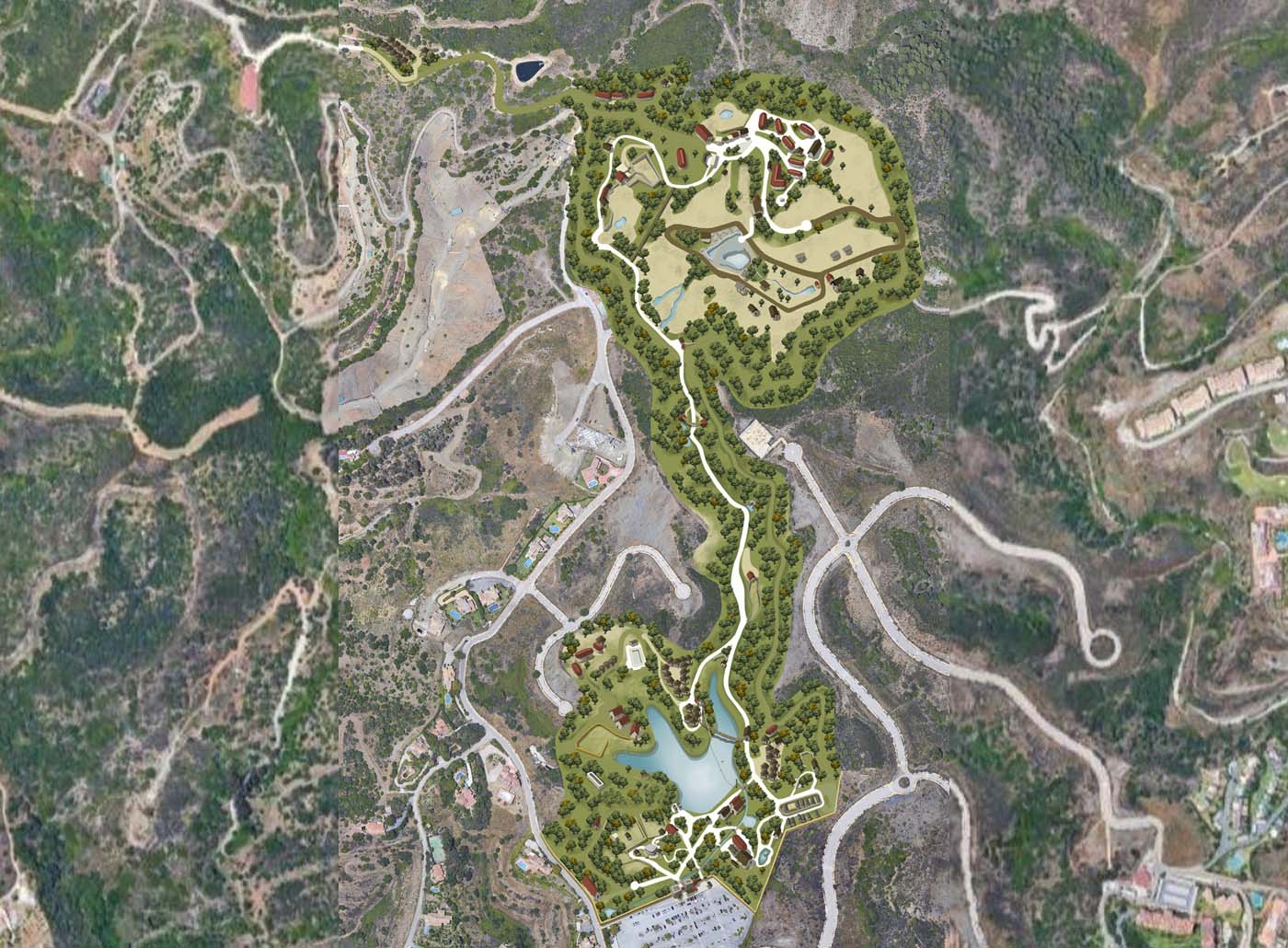


.jpg)

.jpg)
